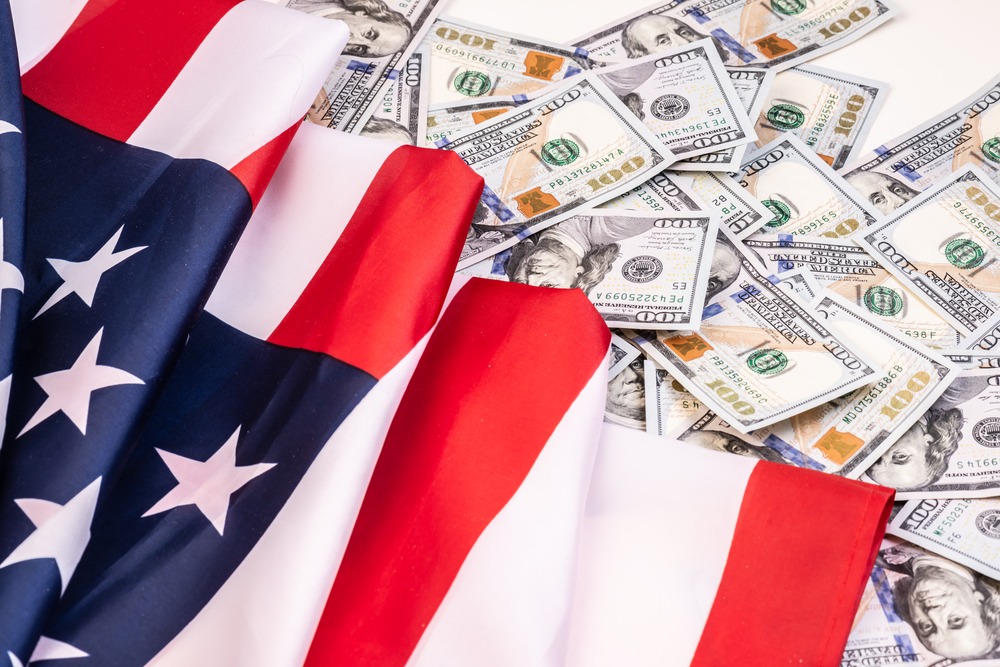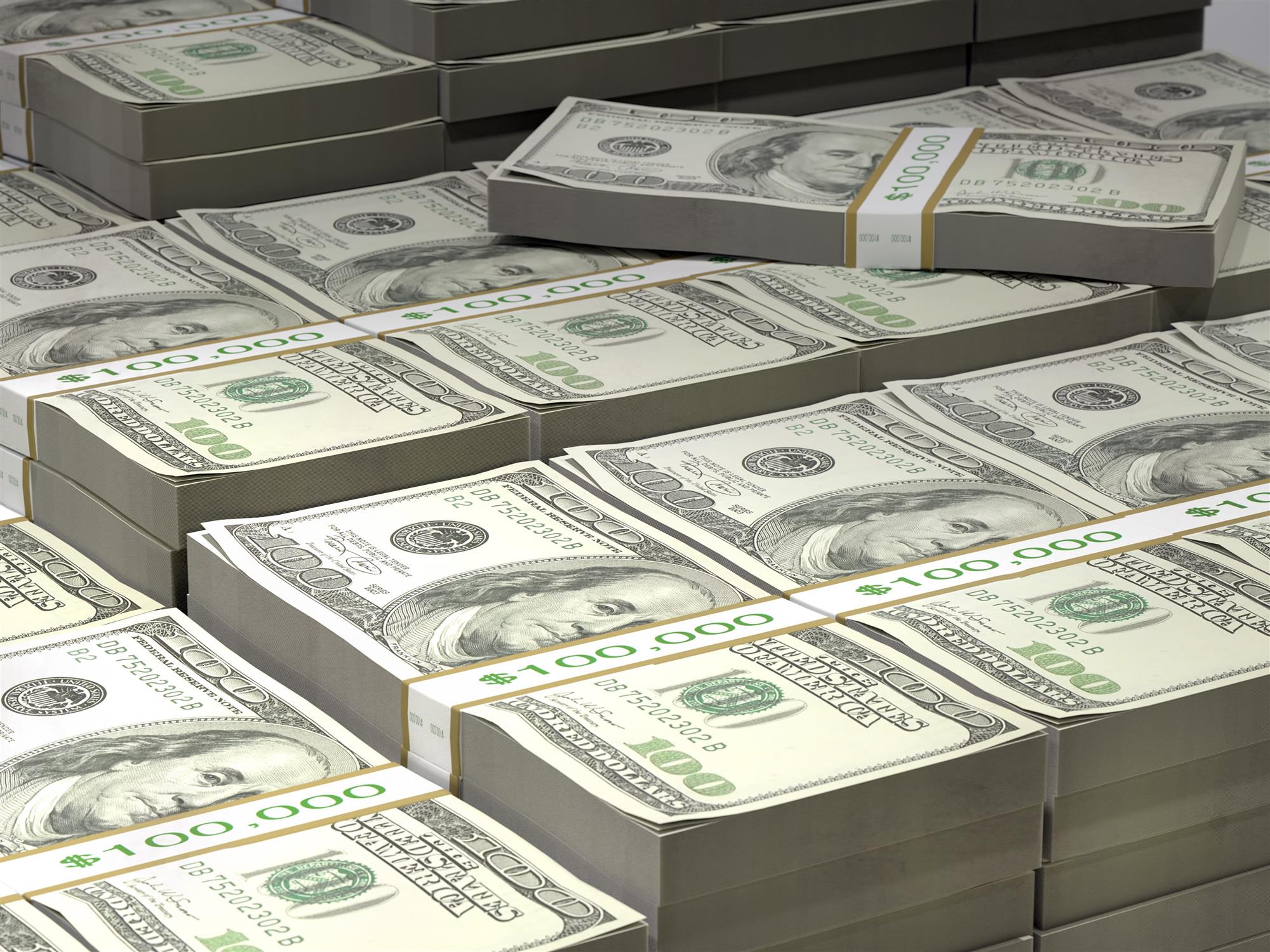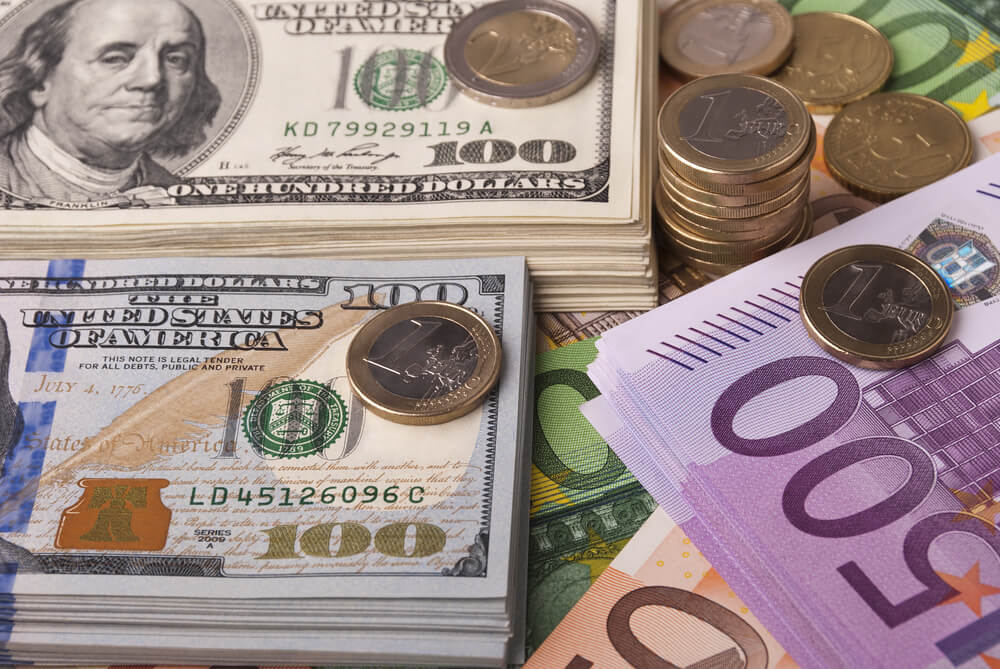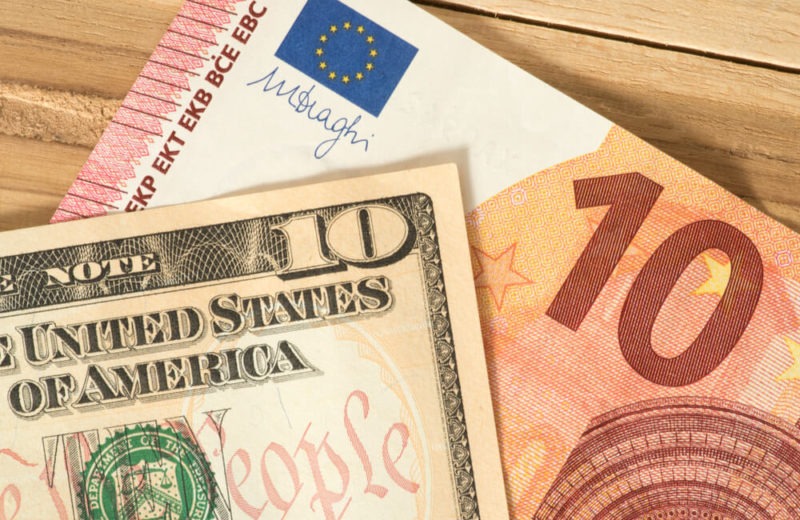The dollar reached a maximum, recorded in July 2020; About other major currencies on Thursday, a day after the Fed said it could raise interest rates faster and higher in the coming months. After the federation said it was ready to start raising rates in March to curb rising inflation; Money markets moved five price points higher by the end of the year.
On Wednesday, the tone of the federation brought the dollar exchange rates into effect. The dollar index, which measures the dollar’s value against other major currencies, rose to 97,299; This is the highest rate since July 2020. The 0.8% jump was the most considerable overnight increase in more than two months.
The euro fell 0.95% to $1.1133. The dollar also reached its highest level in more than a year; Against the New Zealand Dollar, a seven-week peak against the Australian currency. It also increased widely about emerging market currencies. The prospect of rising aggressive rates led to a global resurgence. Analysts say it is unknown when inflation will peak.
While there is optimism that inflation will decline in the middle of the year, it can worsen, leading to more aggressive action by the Federal Reserve. The Fed indicated that it would raise rates in March, as expected. Also reaffirmed plans to complete bond purchases that month; Before significantly reducing asset ownership. The Fed also said it might guarantee an increase in the federal funds rate.
Fed and YUAN Shot
Chairman Jerome Powell later mentioned at a press conference; That no decisions were made, but in response to whether the central bank would consider a 50-point increase, he did not rule it out. Much of the Fed’s perspective depends on an economy that may be weaker than it looks. US gross domestic product grew at an annual rate of 6.9% in the fourth quarter of last year; While the economy grew by 5.7% last year. This is the strongest since 1984, according to the Department of Commerce.
Strong growth contributes to rising rates in March. However, inventory recovery accounted for nearly three-quarters of solid GDP.
The rise in US Treasury revenues in the short term gave a further impetus to the growth of the dollar. The Treasury’s two-year interest rate, which usually moves in line with interest rate expectations, increased to 1.170%, for a total of 7.9 basis points.
After a 0.7% rise against the yen on Wednesday; The dollar strengthened even more. As a result, the yen fell to $115.21 and weakened by 0.49%.
The ruble jumped to a nearly 15-month low on Wednesday; After Russia said that even the idea of war with Ukraine was unacceptable, which calmed fears of escalating tensions. The ruble strengthened to $77.77 and stood at 2.09%.
Elsewhere, the Chinese yuan received a blow. The data showed that China’s industrial profits grew slowly in more than 18 months. This, in turn, contributes to the issue of policy support. In offshore trading, the yuan fell 0.52% against the dollar. After last week’s strike, volatile cryptocurrencies retained their place after the Fed meeting. Bitcoin dropped to $36,276, up 1.5%.














